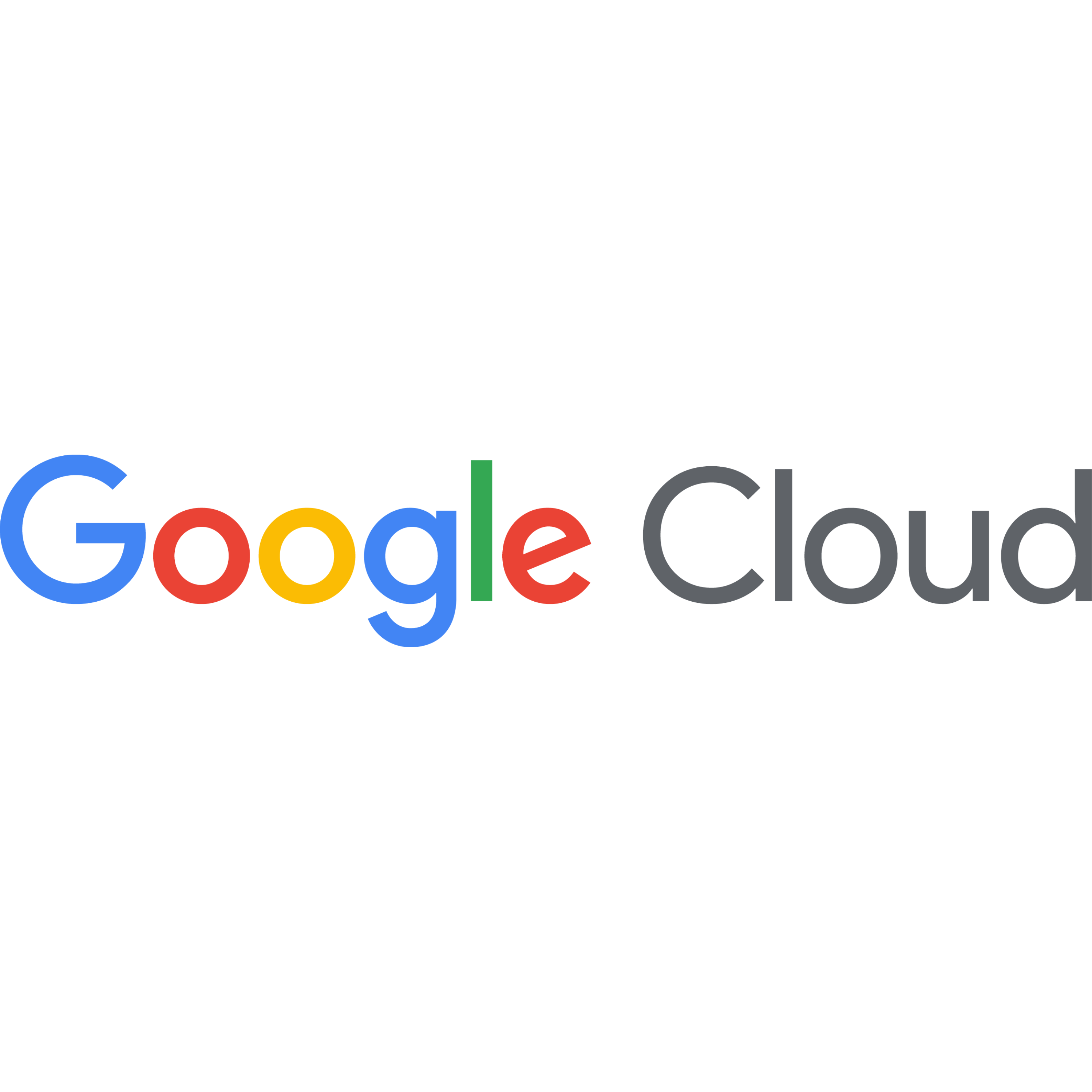
Welcome to the Cloud Wars Minute — your daily news and commentary show, hosted by Cloud Wars Founder Bob Evans. Each episode provides insights and perspectives around the “reimagination machine” that is the Cloud.
This episode is sponsored by Acceleration Economy’s Digital CIO Summit, taking place April 4-6. Register for the free event here. Tune in to the event to hear from CIO practitioners discuss their modernization and growth strategies.
In this Cloud Wars Minute, Bob Evans reviews new developments coming from Google Cloud to better meet customer needs.
Highlights
00:40 — When customer requirements have changed dramatically in the face of a slower economy and concerns about potential economic downturns, Google Cloud has developed new ideas for how it will change its pricing as well as some go-to-market strategies to align closer with its new customer needs.
01:06 — Bob thinks that this is an important and vital step for big cloud providers. As they develop new, advanced cloud services and capabilities, cloud providers must pay equal attention to ensuring that their go-to-market policies, service, pricing, and other practices are in line with what customers want and need.
01:36 — Google Cloud said this new plan, called “Flex Agreements,” allows customers to begin migrating workloads to the cloud with no major upfront commitments, in case customers are uncertain about where things will be heading over the next several months.
01:53 — There are three levels to the new pricing tiers — standard, enterprise, and enterprise plus. Each tier encompasses different benefits to clients. This gives customers a choice, regardless of where they are in moving to the cloud.
02:14 — Google Cloud also wants to begin aligning cost to consumption, giving customers the capability to “match this up.” Autoscaling is a big part of how Google Cloud is doing this because it enables them to offer more granular levels of analytics so they don’t have to forecast broadly.
02:54 — Bob believes this is “a great step forward” for Google Cloud — for the business overall and especially for its customers. He states that the big cloud vendors have to be “every bit as open,” modern, and customer-centric with the new cloud technology that they’re developing.









